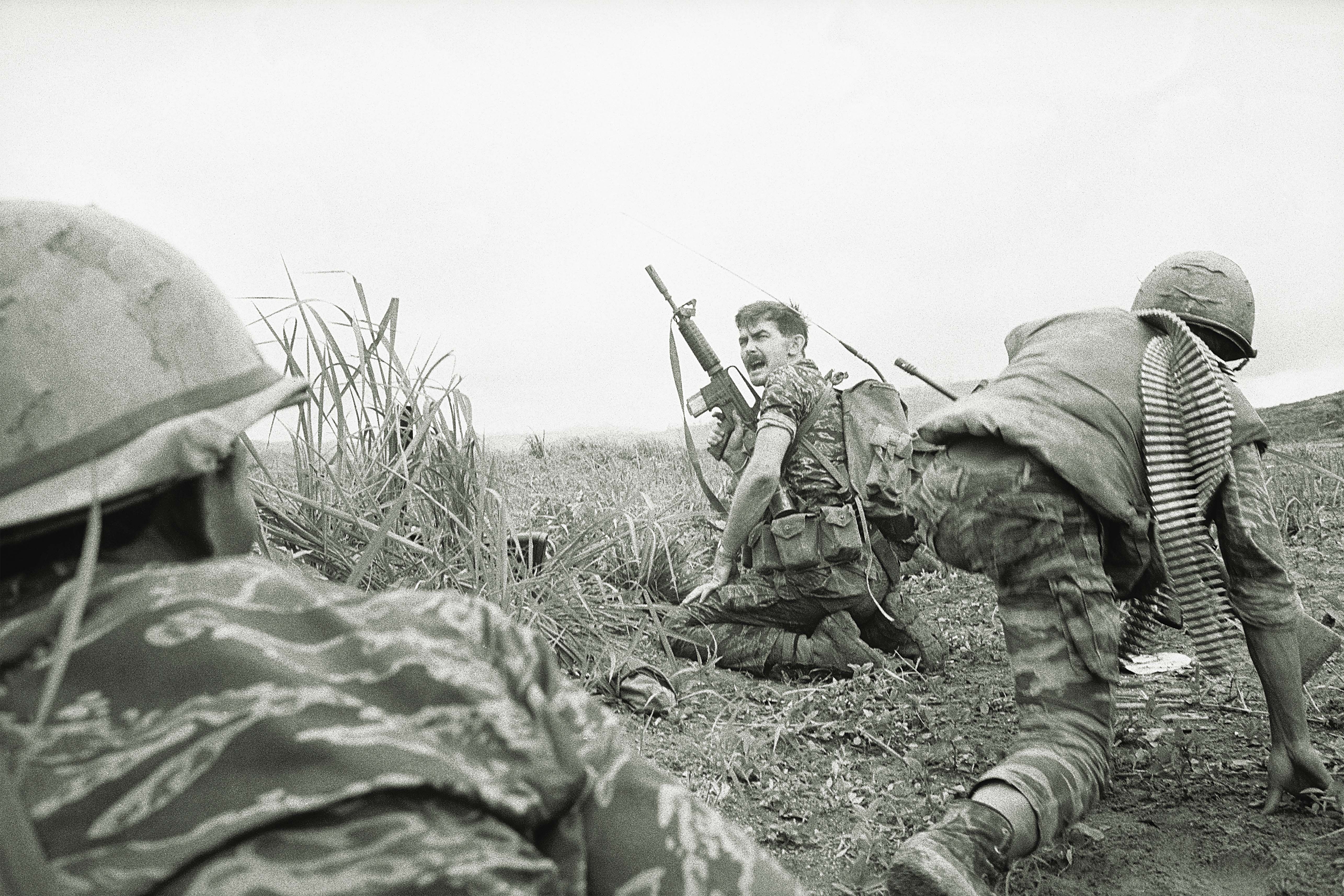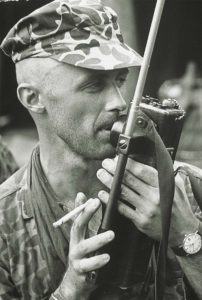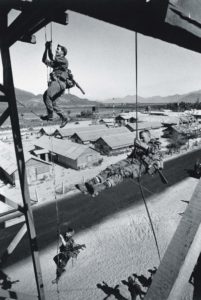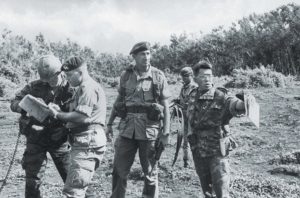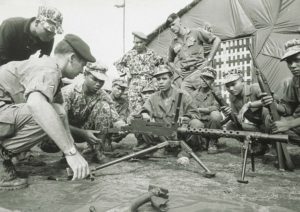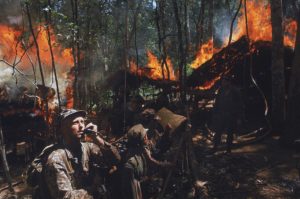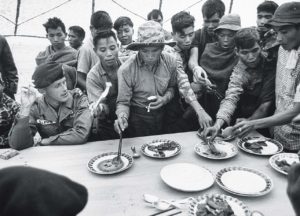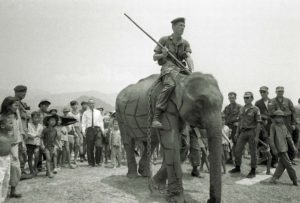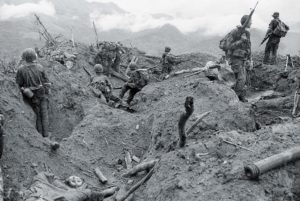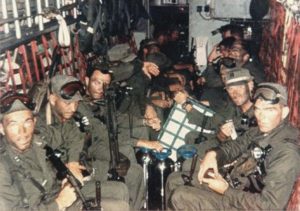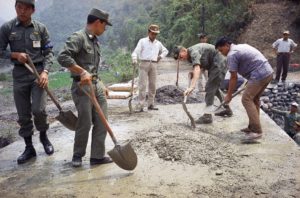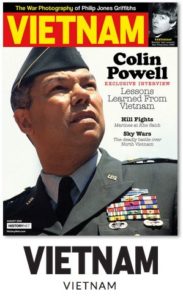First in a series of four photo features on U.S. Special Operations units in Vietnam
US. Army Special Forces, popularly known as Green Berets, became famous for their exploits in Vietnam but trace their roots to World War II’s 1st Special Service Force (which had an arrowhead-shaped shoulder patch adopted by the Vietnam generation), the Office of Strategic Services and Alamo Scouts.
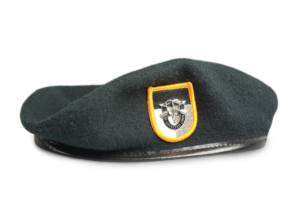
In June 1952 the 10th Special Forces Group was formed under the command of Col. Aaron Bank. The unit was reorganized in May 1960 as the 7th Special Forces Group. Formed too late to play a significant role in the Korean War, the Special Forces honed their skills and doctrine in the crucible of Vietnam.
Directly subordinate to U.S. Special Operations Command, the Special Forces troops were ready and able to operate with other allies as circumstances demanded. Their extensive training enabled them to perform a variety of functions that ranged from establishing village medical facilities to engaging in covert or overt combat.
What makes the Special Forces “special,” in large measure, is the multitude of specialties they have to master, among them an array of weaponry (including the enemy’s), airborne operations and foreign languages.
Special Forces units have limited, but highly focused capabilities that allow the Army to use them as an economy of force tool. The Special Forces were recognized as a separate branch of the Army in 1987. They are prepared to take on a variety of missions wherever they are sent, from Laos in 1959 to Afghanistan in 2021. V
This article appeared in the June 2021 issue of Vietnam magazine. For more stories from Vietnam magazine, subscribe here and visit us on Facebook:

